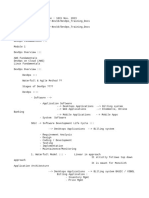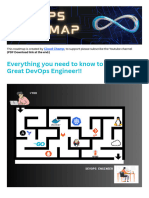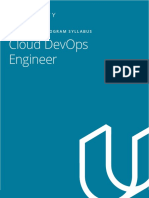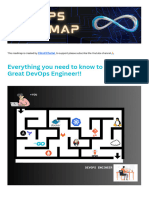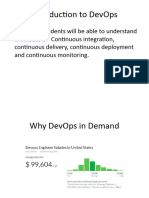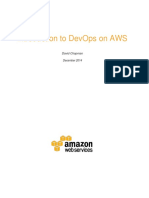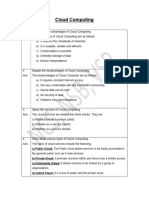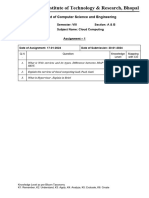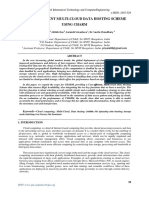0% found this document useful (0 votes)
10 views9 pagesIntroduction Notes
The document outlines a 4-month online course on DevOps with AWS, covering six modules including DevOps introduction, Linux OS, DevOps tools, AWS cloud services, project setup, and interview guidance. Classes are scheduled from 6:00 PM to 7:30 PM IST, with daily notes and recordings provided for one year. The course fee is 16,000 INR, and a WhatsApp group will be created for enrolled students for discussions and doubt clarifications.
Uploaded by
bujjikatterapalliCopyright
© © All Rights Reserved
We take content rights seriously. If you suspect this is your content, claim it here.
Available Formats
Download as TXT, PDF, TXT or read online on Scribd
0% found this document useful (0 votes)
10 views9 pagesIntroduction Notes
The document outlines a 4-month online course on DevOps with AWS, covering six modules including DevOps introduction, Linux OS, DevOps tools, AWS cloud services, project setup, and interview guidance. Classes are scheduled from 6:00 PM to 7:30 PM IST, with daily notes and recordings provided for one year. The course fee is 16,000 INR, and a WhatsApp group will be created for enrolled students for discussions and doubt clarifications.
Uploaded by
bujjikatterapalliCopyright
© © All Rights Reserved
We take content rights seriously. If you suspect this is your content, claim it here.
Available Formats
Download as TXT, PDF, TXT or read online on Scribd
/ 9


